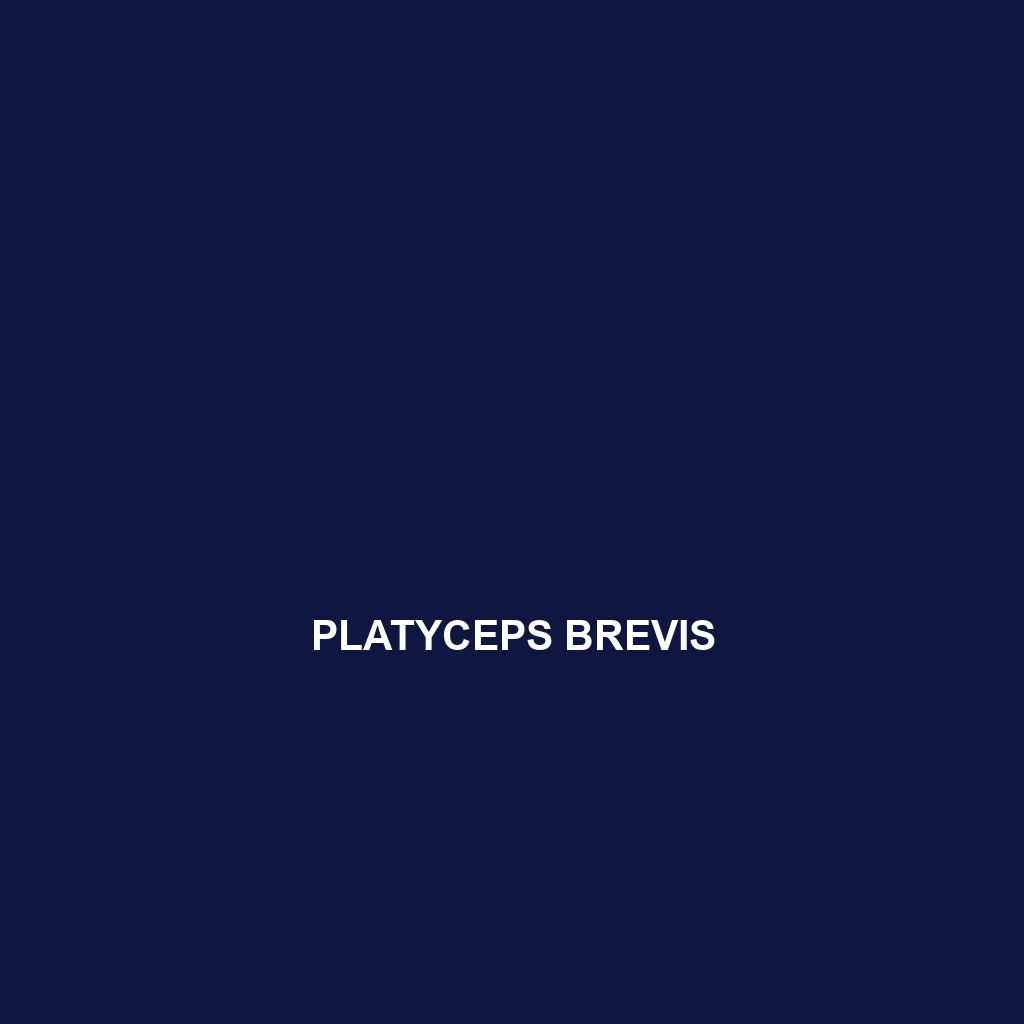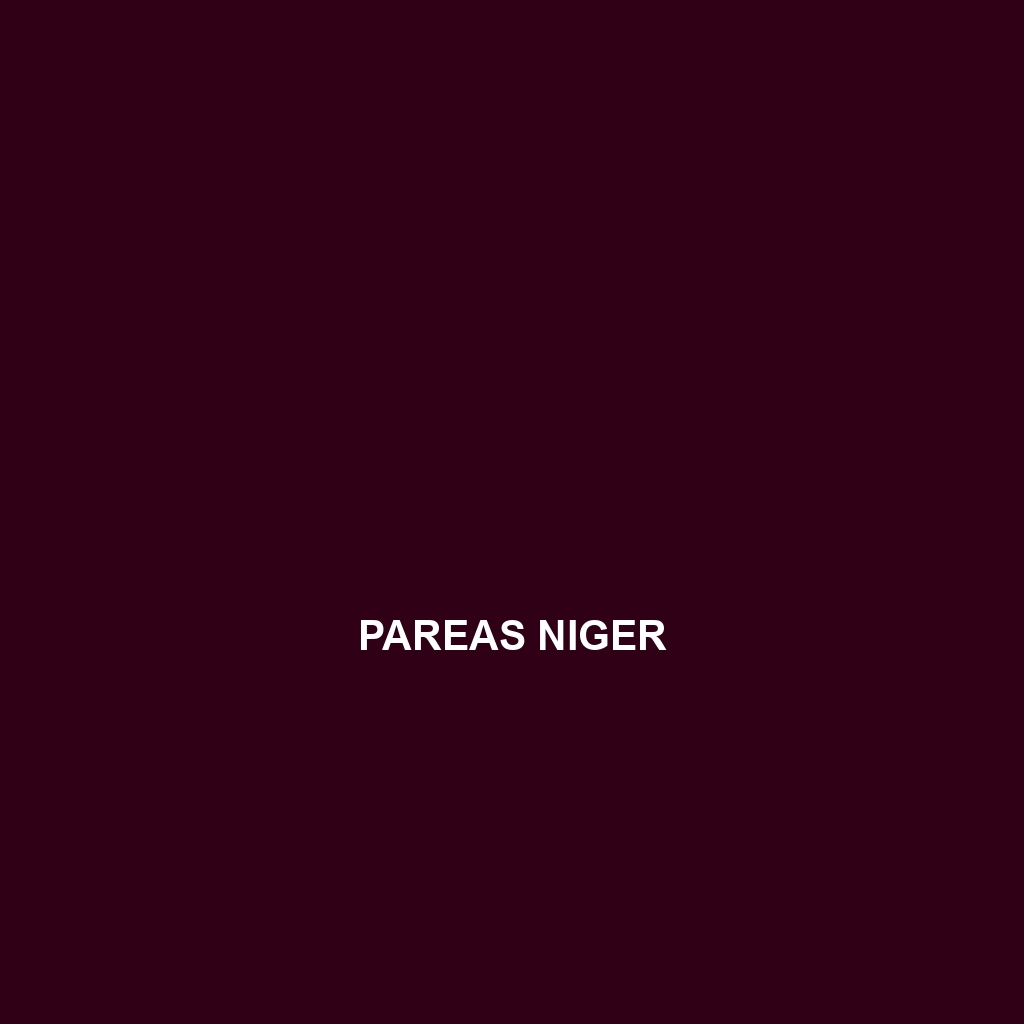<p><b>Sphenomorphus helenae</b>, commonly known as Helena's skink, is a diurnal omnivore found in the humid lowland rainforests of Southeast Asia. With an elongated, streamlined body measuring 20-25 cm, it exhibits stunning dark brown to greenish hues with lighter stripes, playing a crucial role in regulating insect populations within its ecosystem.</p>
Tag: prey and predator relationships
Pygmaeascincus sadlieri
The Pygmaeascincus sadlieri, or Sadlier's Pygmy Skink, is a small, insectivorous lizard measuring 6 to 10 cm, known for its smooth, glossy scales and camouflage coloration. Inhabiting the temperate forests and subtropical rainforests of New Guinea, this species exhibits interesting behaviors such as tail detachment for defense and plays a crucial role in its ecosystem by regulating insect populations.
Pristidactylus torquatus
<p><b>Pristidactylus torquatus</b>, or the collared lizard, is a vibrant insectivore found in the temperate forests and dry scrublands of South America, known for its striking colors, elongated body, and unique collar markings. Adaptable and agile, this diurnal species plays a crucial role in its ecosystem by controlling insect populations and serving as prey for larger predators.</p>
Pygmaeascincus sadlieri
The Pygmaeascincus sadlieri, or Sadlier's Pygmy Skink, is a small, insectivorous lizard measuring 6 to 10 cm, known for its smooth, glossy scales and camouflage coloration. Inhabiting the temperate forests and subtropical rainforests of New Guinea, this species exhibits interesting behaviors such as tail detachment for defense and plays a crucial role in its ecosystem by regulating insect populations.
Pristidactylus torquatus
<p><b>Pristidactylus torquatus</b>, or the collared lizard, is a vibrant insectivore found in the temperate forests and dry scrublands of South America, known for its striking colors, elongated body, and unique collar markings. Adaptable and agile, this diurnal species plays a crucial role in its ecosystem by controlling insect populations and serving as prey for larger predators.</p>
Platyceps brevis
Discover the fascinating Platyceps brevis, a slender snake from North Africa and the Middle East, known for its striking sandy brown and muted orange coloration, flattened head, and adaptability to arid environments. This opportunistic carnivore primarily feeds on rodents and lizards, showcasing intriguing behaviors such as ambushing prey and playing dead when threatened.
Phelsuma berghofi
<b>Phelsuma berghofi</b>, or Berghof's day gecko, is a striking reptile from Madagascar, featuring vibrant green skin adorned with blue spots and reaching lengths of 10 to 12 inches. Primarily insectivorous and diurnal, this adaptable gecko thrives in rainforests and plays a crucial role in its ecosystem, contributing to both pest control and plant pollination.
Pareas niger
Discover the Pareas niger, or Black Snouted Snake, known for its distinctive dark coloration and nocturnal behavior. This versatile predator thrives in Southeast Asia’s lush rainforests, preying on small mammals, birds, and reptiles while showcasing remarkable camouflage and a unique ambush hunting technique.
Pantherophis guttatus
The Corn Snake (<i>Pantherophis guttatus</i>) is a non-venomous snake known for its vibrant orange and red coloration, reaching lengths of 2 to 6 feet. It primarily inhabits woodlands and savannas in the southeastern United States, plays a vital role in controlling rodent populations, and is a popular choice among reptile enthusiasts due to its gentle demeanor.
Oligosoma auroraense
Discover the Oligosoma auroraense, a vibrant skink native to New Zealand's rainforests, known for its distinctive coloration, reduced limbs, and fascinating diurnal behavior. This insectivorous species plays a vital role in its ecosystem by regulating insect populations and adapting to its lush habitat, making it an essential part of biodiversity.









